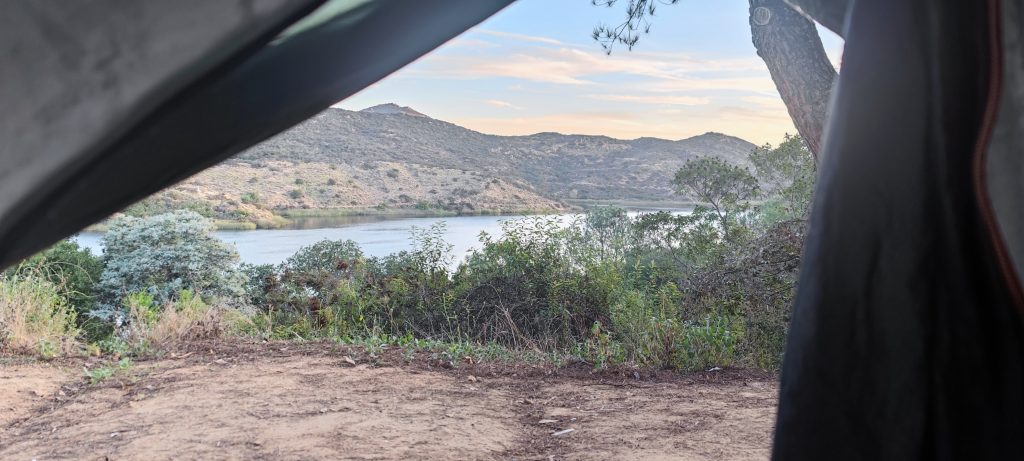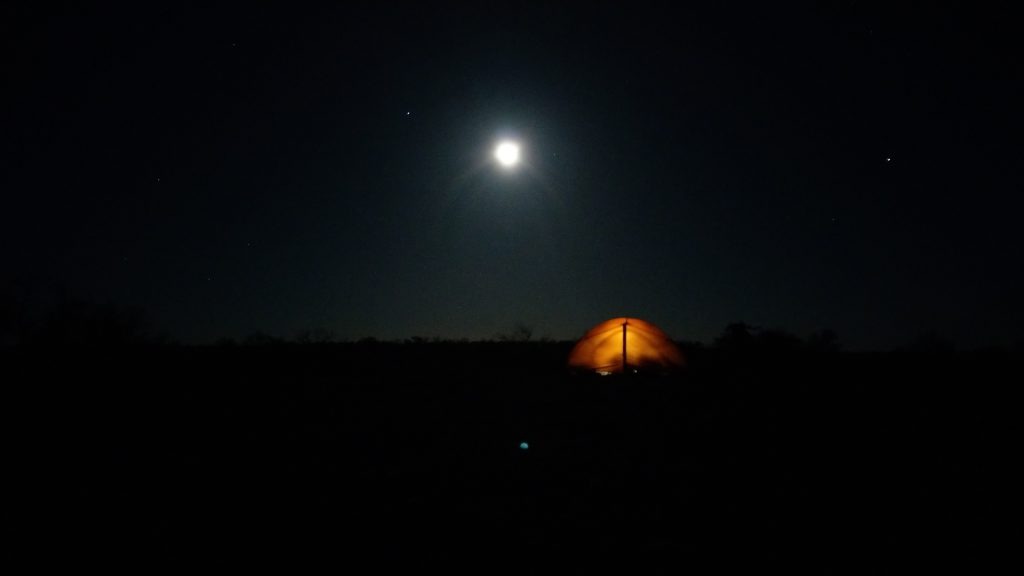With less than a month to go before departure, I looked at the route again to try to get a feel of two things: 1) where we might be staying each night, and 2) the points where I could charge up all my battery packs. I compared the flavors of the three legs of our journey (Central Chile, Carretera Austral, Tierra del Fuego) to see what we would have to keep in mind. Here are my initial impressions:

CENTRAL CHILE. Oddly enough, this leg is turning out to be the most challenging as far as figuring out where to stay each night. Starting out from Santiago, there seems to be enough campgrounds to cover about a week’s pedaling. Then the choices get slimmer, and we as a group may have to do some brainstorming and rerouting to get to some kind of lodging. Being in the more populated region of Chile, free camping anywhere will probably be difficult. As a lone traveler, I usually don’t worry too much; if need be I can always sleep by the side of the road. But stealth camping in a group of six consisting of 4 tents would be difficult to achieve. I saw a number of forested areas, but there was always a house or two within a mile of those treed areas. So we’d probably have to find some kind of lodging nightly, which is not exactly an inexpensive way to go. (But as always, one may be surprised.) However, nearer to the end of Leg 1, when we reach the Los Lagos District (the Lakes District), marked by our arrival into Temuco, the camping options became more available, as this is the “vacation” area for many Chileans. Campgrounds tend to be inexpensive (from roughly US$5 to US$20), so having to do this nightly isn’t too bad. But one must work with what one gets.
As far as having electronics charged, I have no worries about having them charged up, since Central Chile is the populated section of the country,
CARRETERA AUSTRAL. The Carretera Austral way is fairly straightforward. You have only one road to choose from. Surprisingly (or unsurprisingly) there are lodgings of various kinds every 100 miles or thereabouts, so if we wanted a hot shower, we wouldn’t have to wait too long. In the end, it is not as desolate as first imagined; it really is a well-traveled road (as evidenced by available guidebooks for the section). And camping anywhere by the side of the road is easy to accomplish. I’m looking forward to that– free stay!

TIERRA DEL FUEGO. Surprisingly to me, this is the most desolate of the three legs we’ll be traveling on. I guess I was surprised because this region is visited by many tourists. But, to get to their tourist destinations, these tourists take cars or tour buses, for which traveling 200 or so desolate miles is no problem. As cyclists, we can face 4 to 5 days between towns, with nothing in between. So we’d have to be sure to have enough supplies to last that long. On the positive side, we can camp anywhere for free.
This leg poses that biggest challenge for charging one’s electronics, for one can go a whole week without the ability to charge up the battery packs.
There you have it. But thinking ahead and actually experiencing what is there may be two different things. We’ll see.

I donate battery power to Doreen!!
Enjoy the adventure.